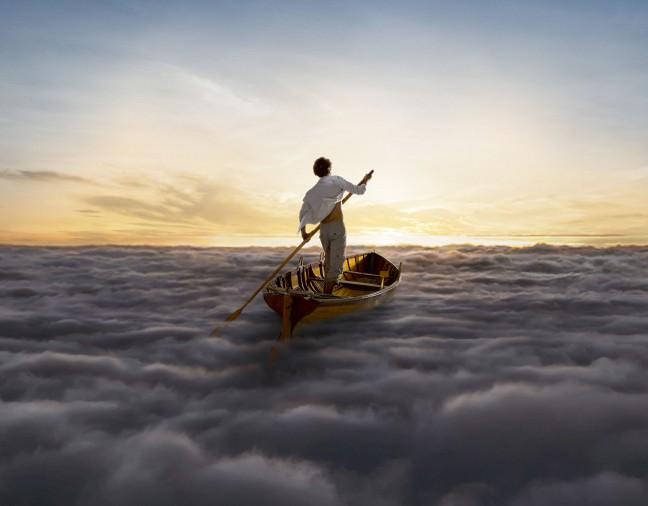Pink Floyd’s career has been a turbulent ride from the beginning with members and music styles coming and going along the way. However, Pink Floyd are also a resilient band that, despite adversity, always manage to come out on top and remain one of the most commercially successful and musically influential groups in the history of popular music.
They emerged during the psychedelic rock environment of the late 1960s with The Pipers at the Gates of Dawn, one of the greatest records of the decade. In 1973, Floyd released The Dark Side of the Moon with David Gilmour having replaced a mentally ill Syd Barrett as lead guitarist. The album remained on the Billboard 200 for 741 consecutive weeks, from 1973 to 1988, and is frequently regarded as one of the greatest albums of all time.
They followed this enormous success with Wish You Were Here (1975), Animals (1977), The Wall (1979) and The Final Cut (1983), all to critical acclaim, before founding member and long-time lyricist Roger Waters departed in 1985, declaring the band “a spent force.” But the remaining three members — Gilmour, Nick Mason and Richard Wright — were not finished though, producing A Momentary Lapse of Reason in 1987 and The Division Bell in 1994.
Now, after a 20-year gap and the passing of keyboardist Richard Wright in 2008, Gilmour and Mason have hit the studio one last time to deliver The Endless River, 53 minutes of material based on sessions from The Division Bell.
The title of the album is based on the closing lyrics of “High Hopes,” “The dawn mist glowing / The water flowing / The endless river,” and evokes much of the same feeling; Gilmour’s distinctive, echoing slide guitar, Mason’s jazz-tinged drums and Wright’s piano influence and complement them both throughout. Since the album is predominantly instrumental, ambient rock music, one might be inclined to say that it is a lazy affair of loose jamming on stale ideas. Though this may seem like a valid appraisal to some, I think it’s better viewed as both a continuation and summation of their sound.
https://www.youtube.com/watch?v=UHtlwQNVQeo
The Endless River flows (pun certainly intended) all the way through and begins by easing the listener into space – think “Shine on You Crazy Diamond.” It then quietly transitions into “Skins,” which features Mason drums reminiscent of those at the beginning of “Time.” It peacefully drops into “Anisina,” a triumphant piano and saxophone-heavy ride that reminds us that this is the band who brought “Us and Them” to our ears. A few minutes later, they pick up the intensity with “Allons-Y (1)” and “Allons-Y (2),” two tracks that feature Gilmour’s guitars in a “Run Like Hell” style. Finally, “Louder Than Words” brings the album’s only song with lyrics to the table (unless you count Steven Hawking’s philosophical insights on “Talkin’ Hawkin’”).
Clearly this is not the Pink Floyd of years’ past. There’s different personnel, different technology and an almost official consensus that this is their last studio album ever. “Yes, I’m pretty certain that there will not be any sort of follow-up after this,” Gilmour said in an interview with BBC Radio 6.
If you’re a Pink Floyd virgin, don’t introduce yourself to the band with The Endless River. It pays to have a sense of history when listening to it, because in each of these songs we can hear the sonic elements that have become essential to their sound in the past. The album plays like a montage of Pink Floyd’s 50-year career, but it’s also far from their best work. If anything, it provides a satisfying tone of closure for their fans. It was a great run, boys.














